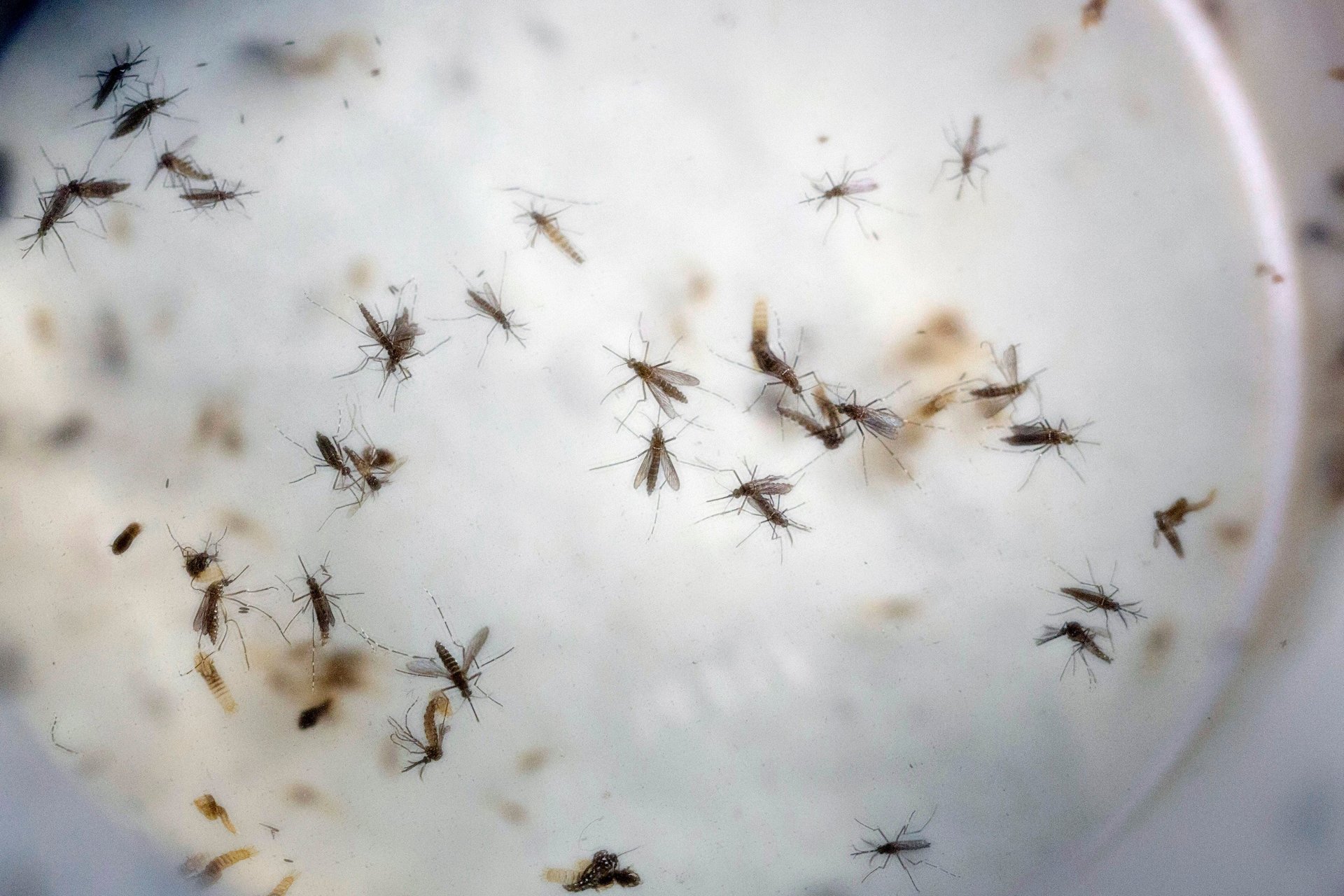Zika vaccines are on a fast-track, but it won’t be fast enough to handle the current outbreak
If it seems like every time an infectious diseases reaches US soil, there’s a mad scramble to develop a vaccine—and an attending public outcry about why we’re playing catch-up—it’s because that’s exactly what happens.


If it seems like every time an infectious diseases reaches US soil, there’s a mad scramble to develop a vaccine—and an attending public outcry about why we’re playing catch-up—it’s because that’s exactly what happens.
Colonel Stephen Thomas and his colleagues at the Walter Reed Army Institute of Research had been tracking the Zika virus for years as it moved through Southeast Asia. It seemed a distant threat. When it began to tear through South America a year ago, they urgently sought approval to start a new program focused on the virus. “The vaccine development game is a fickle beast,” says Thomas, who now heads up the Zika program at Walter Reed.
Thomas is one of the senior authors on a study published August in Science that reports encouraging lab results of three different Zika vaccines in monkeys. The most promising is “ZPIV,” which stands for “zika purified inactivated vaccine,” and is more or less what it sounds like: The team got their hands on a Zika strain gathered in Puerto Rico by the Centers for Disease Control and Prevention. Then they used chemicals to kill the virus, leaving behind harmless proteins that were injected into the lab monkeys. The animals’ immune systems targeted these proteins, producing antibodies that can then seek out and destroy live virus particles. In essence, the vaccine is like boot camp for the immune system’s real war with Zika when it arrives.
Everybody is scrambling for weapons in this fight. On Aug. 3, the National Institutes of Health announced plans to test an “investigational” vaccine on 80 volunteers; earlier in the week, Inovio Pharmaceuticals and GeneOne Life Science said they had injected 40 healthy humans with their experimental vaccine, GLS-5700. Both of these are DNA-based vaccines, which involve injecting patients with genetically engineered DNA materials that trigger an immune response. Though DNA vaccinations have shown promise in the lab, none has been approved for use in the US.
ZPIV, on the other hand, is old school, a tried-and-true method that produced the vaccine that destroyed polio. It also led to approved vaccines for Japanese and tick-borne encephalitis—two flaviviruses, from the same family as Zika.Thomas says his team went with ZPIV in part because the regulatory agencies have worked extensively with inactivated vaccines before, which could make the testing and approval process move more quickly.
Normal vaccine development timelines, says Thomas, are seven to 10 years. In this case, the team moved from initial prototypes to completed primate studies in just seven months, and it expects to complete the first Phase 1 trials in humans before the end of 2016. Then, it will be up to pharmaceutical giant Sanofi-Pasteur, Walter Reed’s partner on the project, to push forward the larger-scale Phase 2 and Phase 3 trials.
The reality, though, is no matter how fast they move, “we could be looking at three to four years before they have the data” necessary to get the vaccine out to the public, says Thomas. Meanwhile, the CDC has confirmed the first cases of locally transmitted Zika on the US continent and issued a subsequent travel warning for a small section of Miami where the cases were concentrated. Many fear the virus is likely to spread from there, despite government assurances otherwise. It’s certainly not a comfort that Sylvia Burwell, the US secretary of Health and Human Services (HHS), sent a letter to Congress begging for funding to fight Zika—and warning that what little money HHS has will dry up by the end of August.
Walter Reed was able to get its project off the ground because it is relatively small and nimble, but those attributes can’t help carry vaccine research off the lab bench and into the pharmacy. “We haven’t gotten any money from HHS or any new money from any other organization,” says Thomas. “It hasn’t affected us yet, but once we finish those first human studies, that’s as far as we can go unless something changes.”
And what happens when Zika is out of the news? Will the work on a vaccine be shelved until next time, when starting up on it once again will be too little late? A telling sign is that in 2014, when the Ebola virus became an international scourge, we started throwing hundreds of millions into research to develop a vaccine. It was fairly successful; a number of vaccines are now in Phase 2 trials. But this past year, after Congress was unable to pass a Zika research funding bill, the Obama administration stepped in and shifted money away from ongoing work to develop a vaccine for Ebola—and there’s no plan in place to replenish that fund.